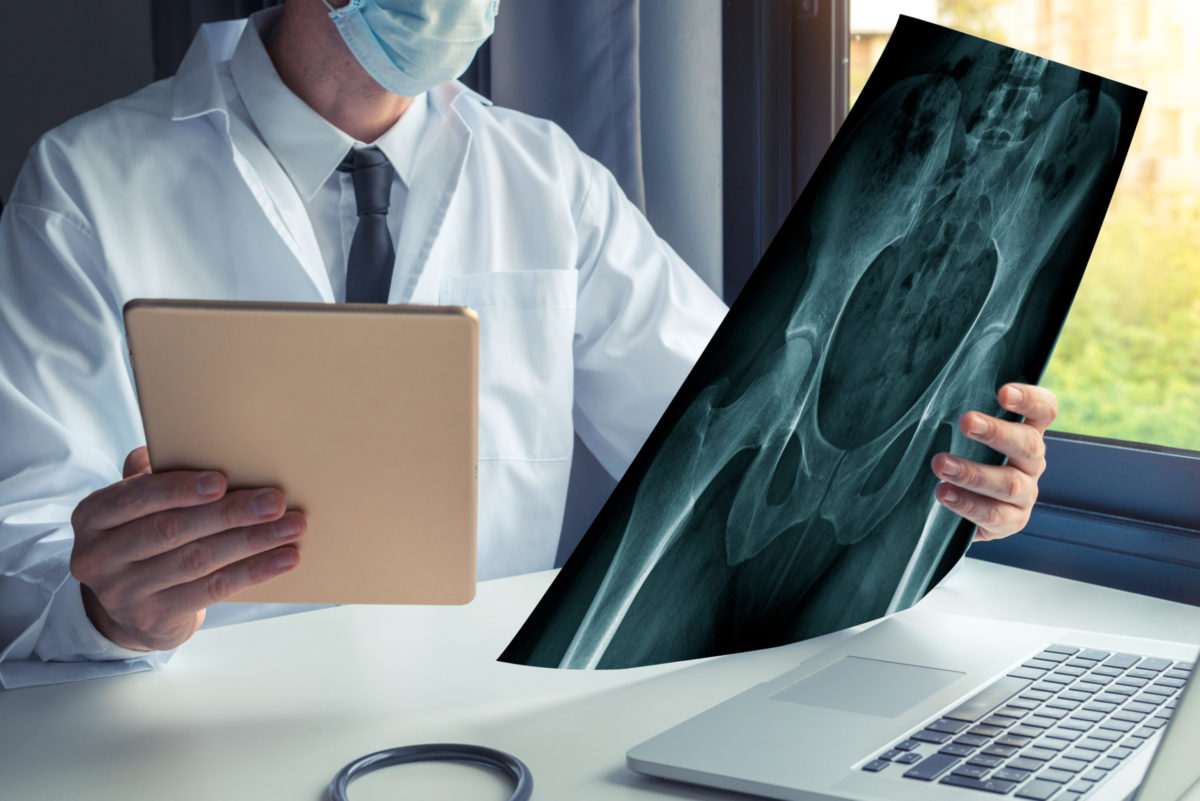When your surgeon mentions the idea of “hip replacement,” your first thought may not be, “Oh, good!” After all, most joint replacement surgeries require a decent amount of pain and downtime…right? Actually, some of the newer and more innovative joint replacement surgeries significantly reduce both discomfort and prolonged recovery periods. Anterior hip replacement, for example, has helped many patients heal more rapidly and return to the activities and lifestyle they enjoy—pain-free.

At EmergeOrtho—Triangle Region, our board-certified, fellowship-trained hip surgeons are leaders in their field. Their subspecialty training and expertise enable them to provide patients with the latest surgical techniques—anterior hip replacement included. This, combined with a patient-centered approach and dedication encourages peace of mind and confidence in hip surgery outcomes. We’re committed to helping each and every patient Emerge Stronger. Healthier. Better.
What is Minimally-Invasive, Anterior Approach Hip Replacement?
To better understand the anterior surgical approach, it is helpful to learn how a traditional full hip replacement (also referred to as total hip arthroplasty) is performed. For a long time, the main method of full hip replacement was conducted via a posterior approach. This means that a surgeon uses a surgical technique that detaches the hip muscle from the posterior (back) of the pelvis to remove and replace the damaged femoral head with a prosthetic stem and ball.
Compared with the posterior approach, anterior hip replacement surgery is minimally invasive. This is because when your hip surgeon accesses the hip anteriorly (through the front of the hip) the muscles in the hip do not have to be detached—earning the technique the term “muscle-sparing approach.” The anterior approach enables easier access to the hip joint through the natural space between the hip joints.

Who is a Candidate for Anterior Hip Replacement?
When your surgeon evaluates whether a hip replacement is right for you, the following factors will be considered:
- Hip pain that prevents or limits you from performing daily tasks
- Hip pain that persists day or night—even at rest
- Pain, stiffness, and other symptoms that make hip mobility difficult
- Pain that continues despite conservative treatment methods (such as assisted devices, physical therapy, etc.)
Based on these factors, and a patient’s individual age and overall health help determine what type of surgical hip replacement is best. Anterior hip replacement is not suitable for all patients. Those who have had previous hip surgery, for example, may not qualify. Consulting with your hip doctor is the best way to know which hip replacement surgical procedure is most appropriate for you.





